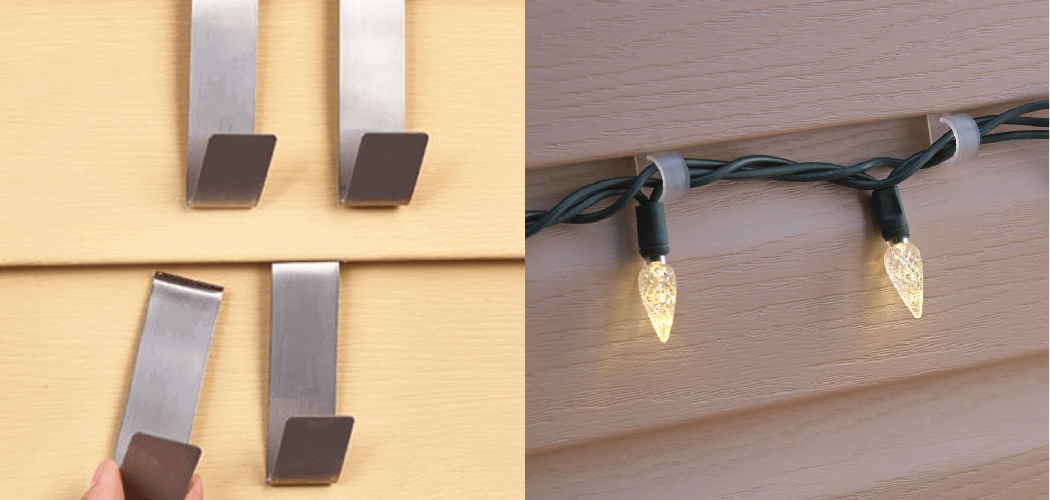There’s no question that siding is a great way to improve the look of your home, but it can be tricky to install properly. One of the most important steps is using the right clips to keep your siding in place. Here’s a guide on how to use siding clips for a perfect installation.
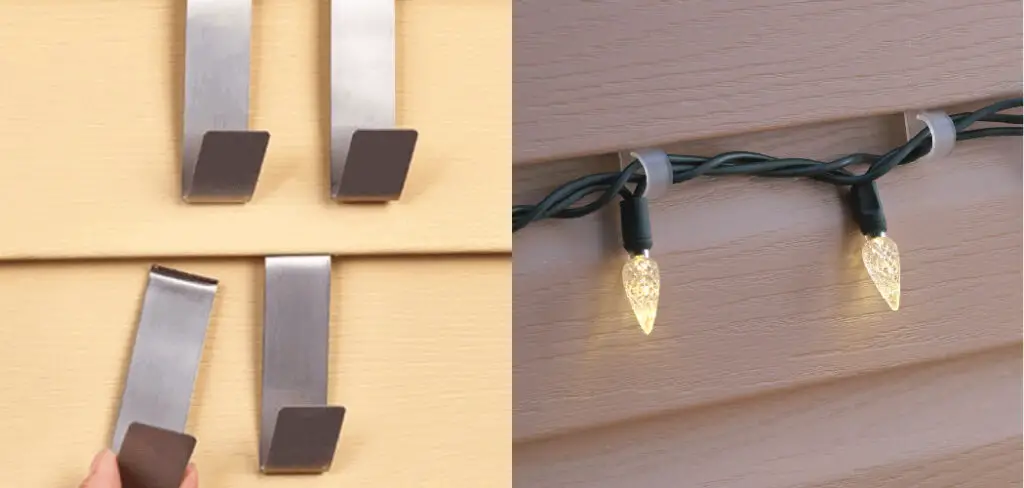
What Is Siding Clips?
When it comes to your home’s siding, you want something durable and lasting for years. You also want something that is easy to maintain and will not require constant repairs. One option that you may want to consider is siding clips. Siding clips are a fastener used to attach siding panels to your home’s framework. They are typically made from metal or plastic and come in various sizes and designs.
Siding clips are easy to install and provide a secure hold for your siding panels. In addition, they are not susceptible to rust or corrosion, making them an ideal option for homes in coastal areas or other regions with high humidity levels. When choosing siding clips, be sure to select a size and design that is compatible with your home’s siding panels.
Why Should You Use Siding Clips?
There are many reasons to use siding clips, but the most important one is that they can save you time and money. Siding clips are faster to install than traditional methods and require fewer materials. In addition, they are less likely to come loose over time, saving you money on repairs.
Siding clips are also more durable than other methods, meaning that they will last longer and provide a higher level of protection for your home. Overall, siding clips are a great way to save time and money while still getting the job done right.
How to Use Siding Clips in 5 Easy Steps
Step 1: Choose the Right Siding Clips
The first step is to ensure you purchase the correct type of siding clips. There are many different types of clips available on the market, so it is important to do your research to find the best option for your needs. You will also want to consider the type of siding you have, as this will impact the type of clips you need.
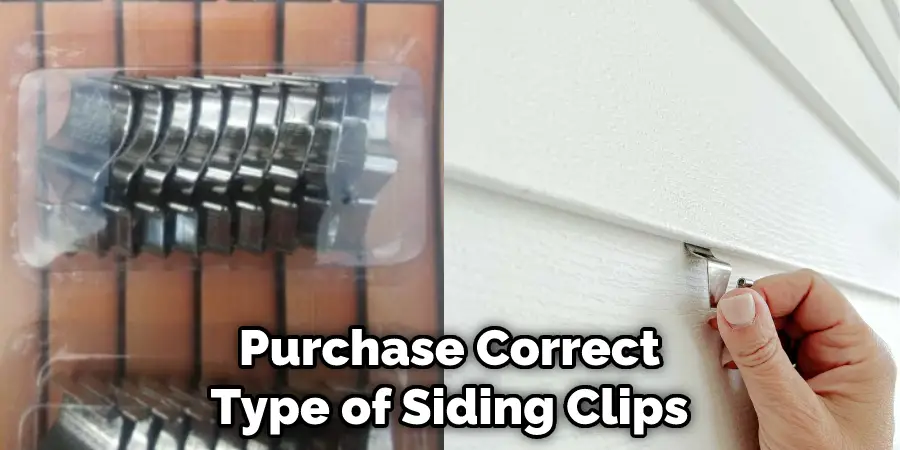
Step 2: Prepare the Surface
Once you have the right siding clips, the next step is to prepare the surface where they will be installed. This means cleaning the area and ensuring it is free of debris. If you are installing the clips on new construction, you will also want to ensure that the siding is properly primed and ready to accept the clips.
Step 3: Install the Clips
The next step is to install the siding clips. This can be done by nailing them into place or using screws. Again, it is important to ensure that the clips are installed correctly to stay in place and not come loose over time.
Step 4: Connect the Siding
After the clips are installed, the next step is to connect the siding. This can be done by sliding the siding panels into the clips or by using screws or nails to attach them. For a more secure connection, it is recommended to use screws or nails. Be sure to follow the manufacturer’s instructions when attaching the siding.
Step 5: Finish the Installation
The final step is to finish the installation by trimming any excess siding and capping off any exposed edges. This will give your home a clean and finished look.
That’s it! You’ve now learned how to use siding clips. Siding clips are a great way to install siding on your home. By following these simple steps, you can ensure that your siding is installed correctly and will last many years.
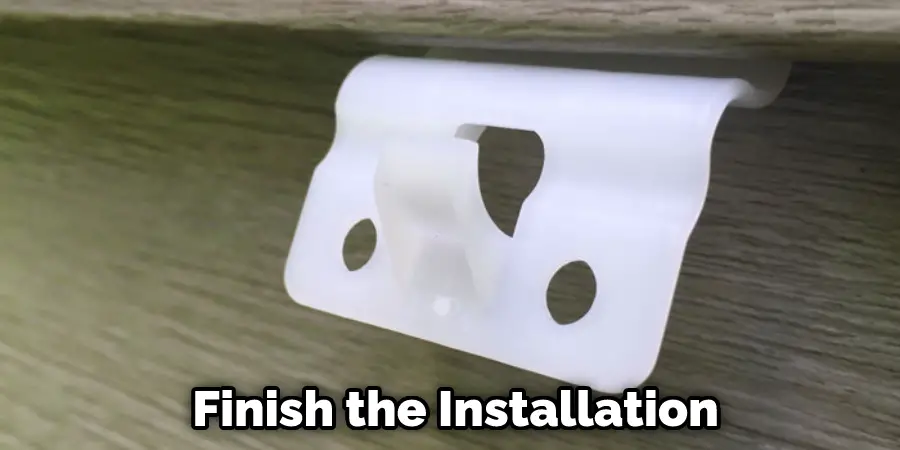
How to Use Siding Clips to Avoid Air Leakage
To avoid air leakage, you should use siding clips when installing your siding. Siding clips are available in various sizes and materials to fit your specific needs. They are easy to install and can be found at most hardware stores. When using siding clips, be sure to press them firmly against the wall to create a tight seal.
You may need to use more than one clip per section of siding. For best results, apply a bead of caulking around the perimeter of each clip. This will help to prevent air leakage further. You can avoid costly air leaks and keep your home well-insulated with a few simple steps.
How to Using Siding Clips to Prevent Water Infiltration
There are a few key places in your home where water infiltration can occur. One of the most common is at the base of your home, where the siding meets the foundation. As a result, water can seep in through cracks and gaps, causing damage to your home’s structure. Luckily, there is an easy way to prevent this from happening: by using siding clips.
Siding clips create a waterproof barrier between your siding and foundation. They are easy to install and require no special tools or knowledge. Simply line up the clip with the seam between your siding and foundation, and then secure it in place with screws. Once all of the clips are in place, you can be confident that your home is protected from water infiltration.
The Different Types of Siding Clips Available
There are many different types of siding clips available on the market today. Some of the most popular include J-channel, F-channel, and Z-bar clips. Each type has its own unique benefits and drawbacks, so it’s important to choose the right clip for your project. For example, j-channel clips are typically used for attaching siding to wooden studs. They’re easy to install and provide a secure hold, but they can be difficult to remove if you ever need to make repairs.
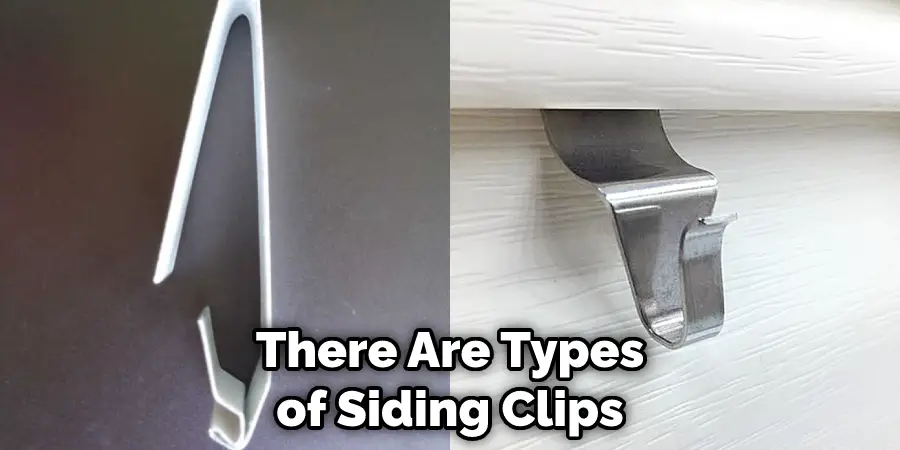
F-channel clips are similar to J-channel, but they’re designed for use with metal studs. They’re also easy to install but provide a less secure hold than J-channel clips. Z-bar clips are the strongest type of siding clip, but they’re also the most difficult to install. If you’re not experienced in home improvement projects, it’s best to leave this type of clip to the professionals.
No matter the clip you choose, ensure it’s compatible with the type of siding you use. Then, you can easily install new siding on your home with the right clip.
How to Choose the Right Siding Clip for Your Needs
There are many options to choose from when it comes to siding. Wood, vinyl, brick, and stone are all popular choices, but each has its own advantages and disadvantages. One important factor to consider is the climate. If you live in an area with severe weather conditions, you’ll need to choose a siding material that can withstand high winds and heavy rains.
Another important factor is your budget. Some siding materials can be quite expensive, so it’s important to find one that fits your needs without breaking the bank. Finally, you’ll also want to consider the maintenance required for each type of siding. Some materials require more care than others, so be sure to choose one that you’re willing to maintain.
With so many factors to consider, choosing the right siding for your home can be tough. But by taking the time to do your research, you can find material that will keep your home protected for years to come.
When to Use a Siding Clip
Siding clips are essential for any homeowner who wants to protect their investment. These small, metal devices are designed to secure siding panels to the house, preventing them from being blown away by high winds. Siding clips are easy to install and can be found at most hardware stores. While the building code does not require them, they can provide peace of mind in hurricane-prone areas.
Homeowners should check their siding regularly for loose panels or missing clips. Replacing a few clips is much cheaper than replacing an entire siding panel. In conclusion, siding clips are a valuable tool for any homeowner who wants to safeguard their home against damage from high winds.
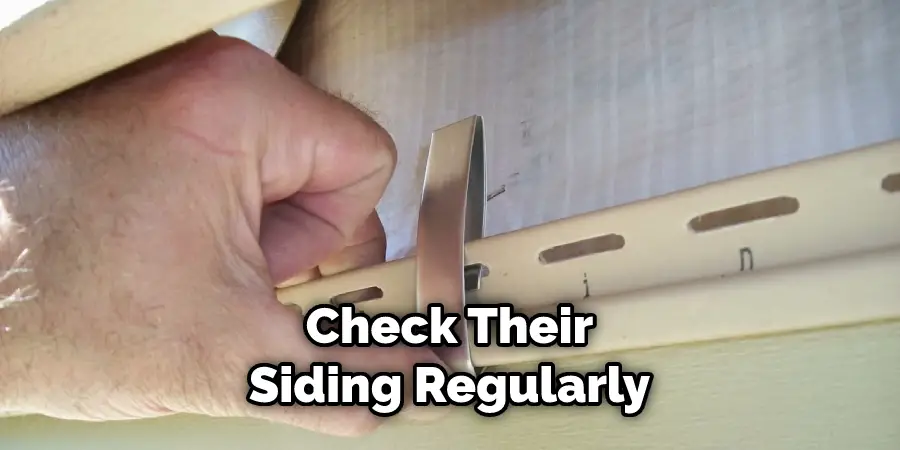
The Dos and Don’ts of Using Siding Clips
There are many options to choose from when it comes to siding. But one thing that all types of siding have in common is the need for clips to secure the panels in place. While clips may seem like a small detail, they can actually have a big impact on the longevity and performance of your siding. That’s why it’s important to know the dos and don’ts of using siding clips.
First, make sure you use the right clip type for your siding material. There are specific clips for metal, vinyl, and wood siding, so using the wrong type can damage your panels. Second, be careful not to over-tighten the clips, as this can cause premature wear and tear. Finally, check the condition of your clips regularly and replace any damaged or missing ones. By following these simple tips, you can keep your siding looking great for years to come.
Conclusion
Now that you know how to use siding clips keep them in mind the next time you need to install new siding. With these handy devices, your project will be easier and look great when it’s finished. Thanks for following along with us today!

